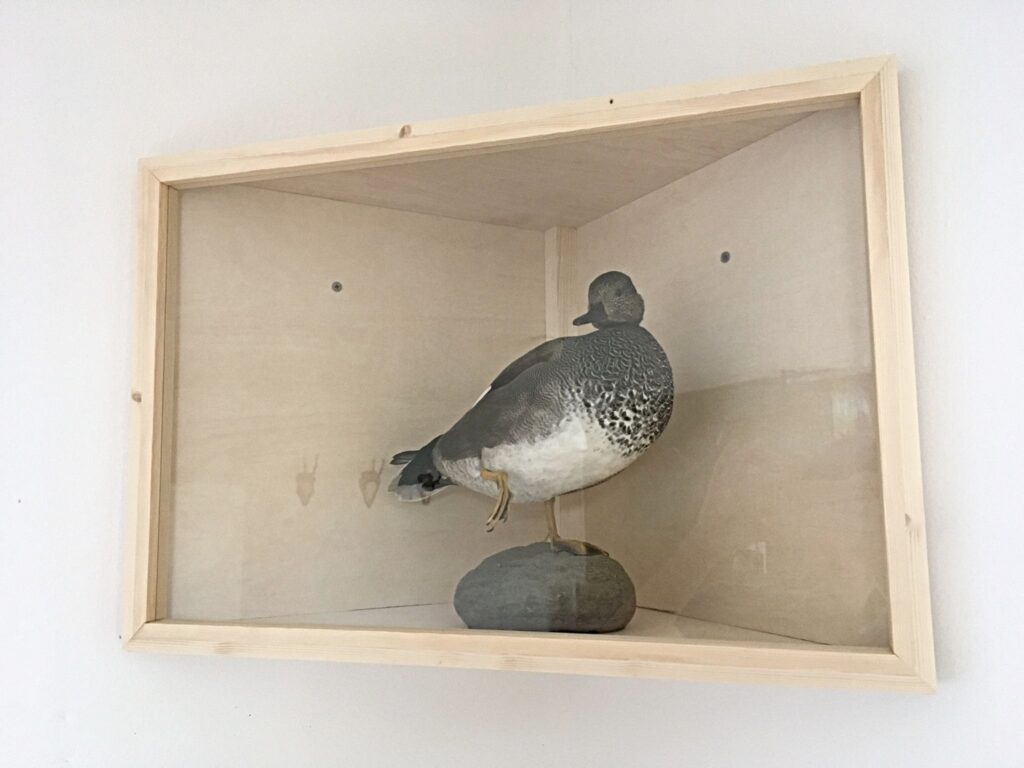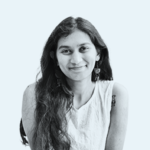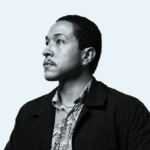Stuffed animals, skulls, shells, you name it… Taxidermy seems to have become very trendy recently. Shops that are chock-full of such items have sprung up all over the place. There’s one in Wageningen, where you can fill your basket with tropical butterflies and if you really want to push the boat out, you can pick up a stuffed polar bear.
I have always collected feathers, skeletons and egg shells – just stuff I found lying around. In secondary school I was the only one, but when I came here to study biology, I was suddenly surrounded by peers with similar collections. Some things are leftovers from courses I took: for example, I still have the skull of the piglet that I had to dissect for Human and Animal Sciences 2, and some pinned insects that I caught on the Pyrenees excursion for Webs of Terrestrial Diversity.

My latest acquisition is a stuffed gadwall duck from the Wageningen floodplains My girlfriend saw it first: a beautiful male, dead but still completely intact. I took it home, but because I didn’t want to pay to have it preserved, it stayed in my freezer with the bread for more than a year. Finally, my parents offered to pay for it as a graduation present. The taxidermist did a fantastic job and now that duck is in pride of place in the living room, in a display case made by a friend of mine. When I look at it, I always try to imagine what he might have experienced. Many of the gadwalls that winter here come from Scandinavia or Russia and it is known that they can live for up to 20 years.
I honestly wonder what people see in a random dead animal when they don’t have the story behind it?
That duck, and everything else I have collected over the years, is all about the stories. It is about memories of places and people, and the links with certain animal species in my environment. You don’t get any of that in those shops full of stuffed animals. So I honestly wonder what people see in a random dead animal when they don’t have the story behind it?
Vincent Oostvogels (25) is in the first year of his PhD research on biodiversity restoration in dairy farming. He dreams of keeping a few cows himself one day.




